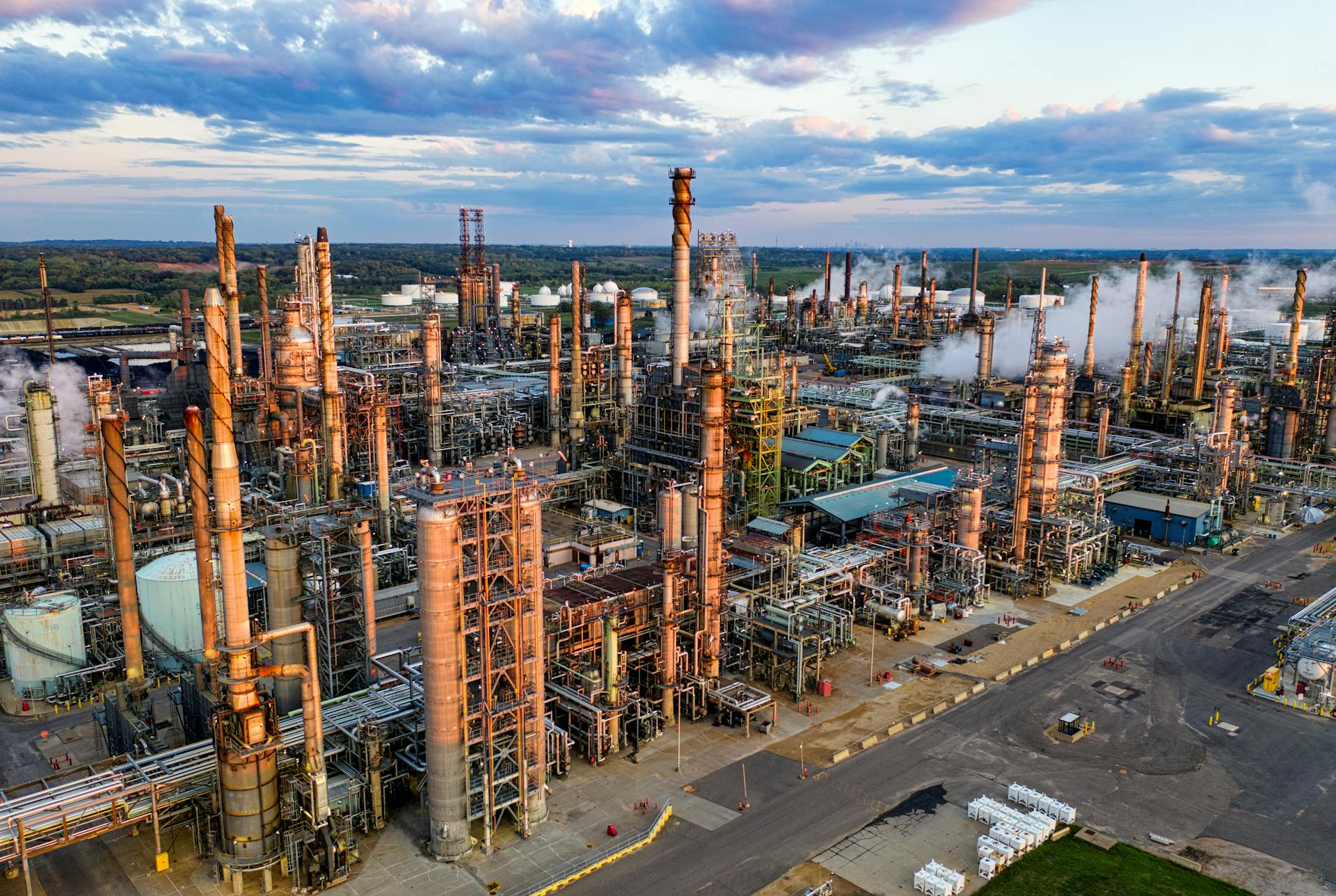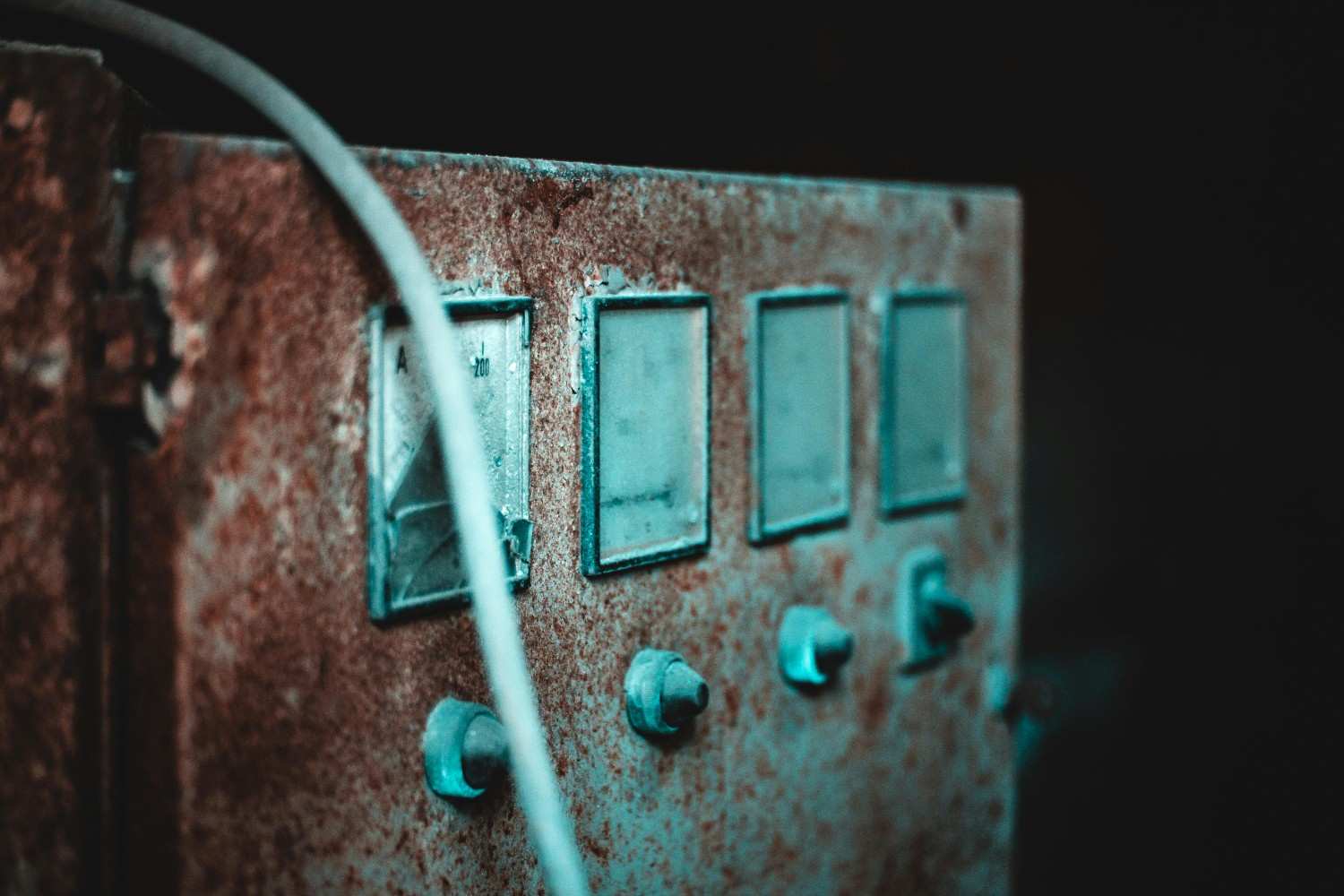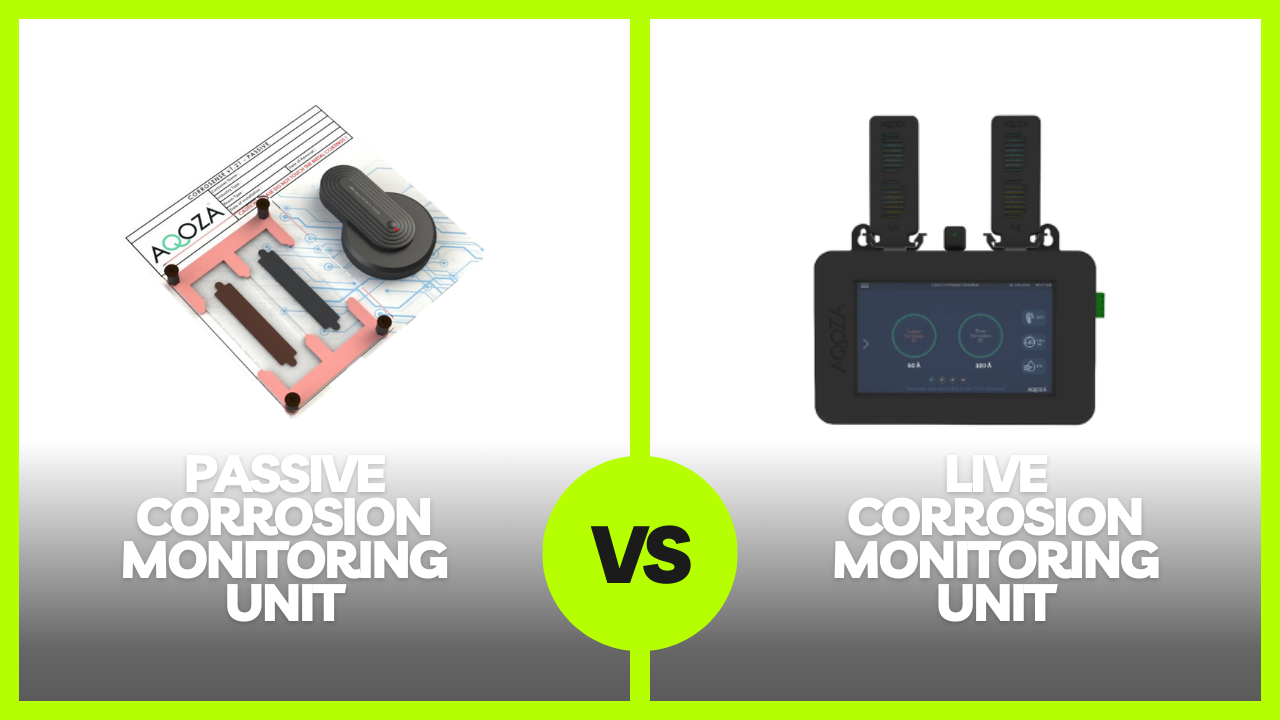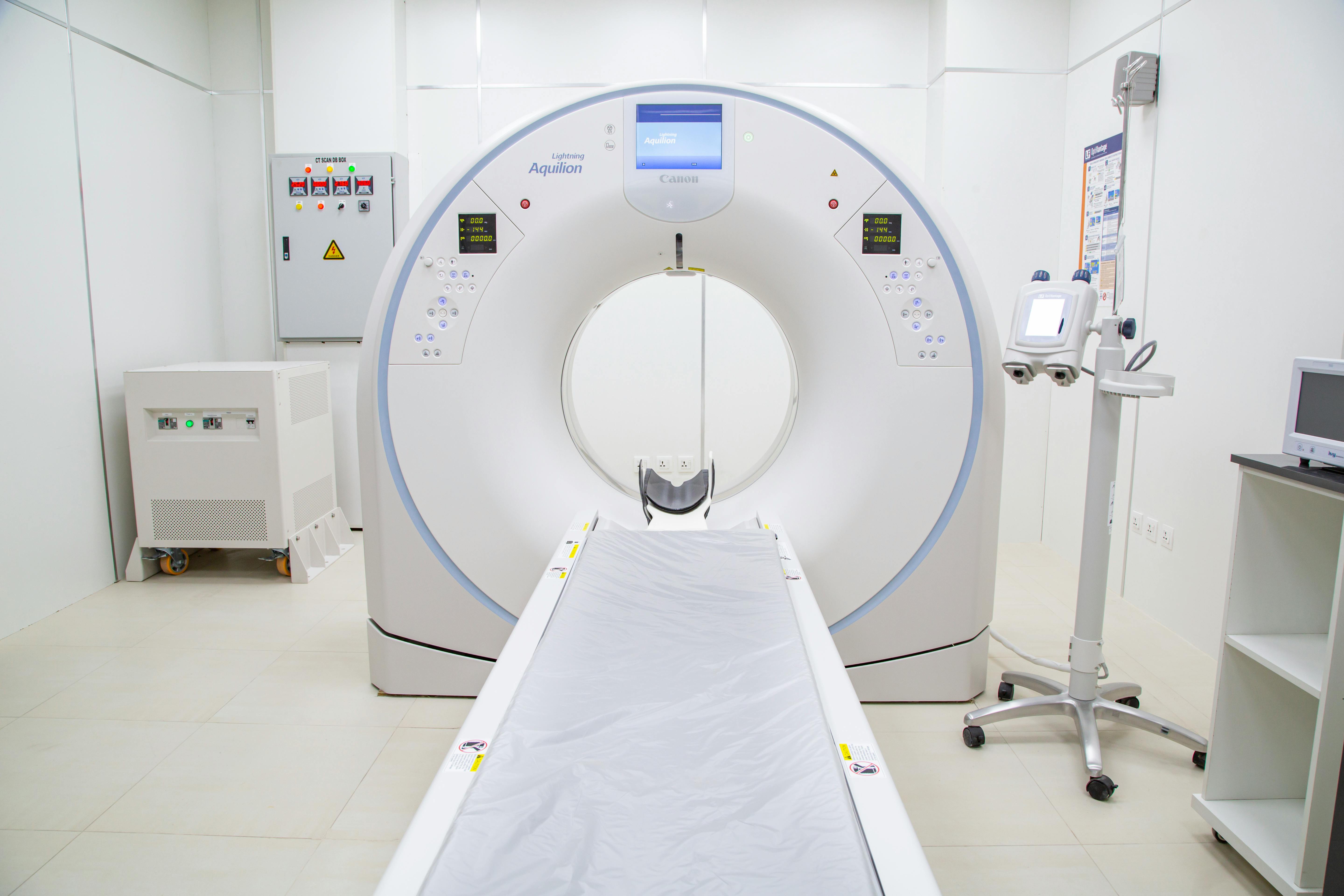Cost-effective Odour Control Solutions for Municipalities
Published : 28 Jul 2024
Introduction
Odour control is a critical consideration for municipalities as they strive to maintain clean and liveable environments for their residents. Unpleasant odours can arise from various sources, such as wastewater treatment plants, solid waste facilities, and sewage pump stations. To address these challenges while being mindful of budget constraints, municipalities seek cost-effective odour control solutions that deliver optimal performance and environmental responsibility. In this blog, we will explore three effective and budget-friendly odour control systems: Activated Carbon with Water Regeneration, Bio-Scrubbers, and Combined Units.

1. Activated Carbon with Water Regeneration
Activated carbon is a well-established technology known for its exceptional odour adsorption capabilities. In this cost-effective system, activated carbon beds effectively capture and retain odorous molecules. To enhance its cost efficiency, some municipalities opt for water regeneration of activated carbon beds.
How it Works:
- As the activated carbon bed becomes saturated, a water regeneration process is employed.
- The water washes the activated carbon, removing the adsorbed odorous compounds and revitalizing its adsorption capacity.
- The regenerated activated carbon can then be reused, reducing the need for frequent replacement and minimizing operational costs.
Benefits:
- Cost-effective due to the reusability of activated carbon through water regeneration.
- Proven efficiency in odour removal.
- Environmentally friendly approach compared to disposable activated carbon systems.
2. Bio-Scrubbers
Bio-scrubbers are an eco-friendly and budget-conscious odour control solution widely used by municipalities. These systems utilize biological processes to break down odorous compounds into harmless by-products.
How it Works:
- The odorous air is directed through a bio-scrubber unit.
- Inside the bio-scrubber, microorganisms, such as bacteria and fungi, biodegrade the odorous compounds.
- The treated air is released, free from offensive odours.
Benefits:
- Lower operational costs compared to some other technologies.
- Environmentally friendly with no chemical additives required.
- Suitable for municipal wastewater treatment plants and other applications.
3. Combined Units with Activated Carbon and Bio-Scrubber
For municipalities seeking versatile odour control, combining activated carbon and bio-scrubber technologies provides a comprehensive and cost-effective solution.
How it Works:
- The odorous air first passes through the bio-scrubber, where biological processes initiate odour breakdown.
- Subsequently, the air flows through the activated carbon bed, which further adsorbs remaining odorous compounds.
- The result is clean, odour-free air released into the environment.
Benefits:
- Enhanced odour removal efficiency due to the combined strengths of both technologies.
- Flexible and adaptable to various odour sources in municipalities.
- Potential for cost savings through reduced reliance on single technology units.
Conclusion
Cost-effective odour control solutions are crucial for municipalities to maintain a harmonious living environment for their residents while adhering to budget constraints. Activated Carbon with Water Regeneration, Bio-Scrubbers, and Combined Units are all effective and budget-friendly options for tackling odour challenges in various municipal applications. By implementing these solutions, municipalities can ensure the well-being of their communities and create cleaner, more liveable spaces for everyone.
AQOZA being a specialist vendor in gas phase filtration, we help municipalities in control the odour at the source with customized cost-effective solutions. Contact us to explore the best cost-effective odour control solution tailored to your municipality's unique needs.











